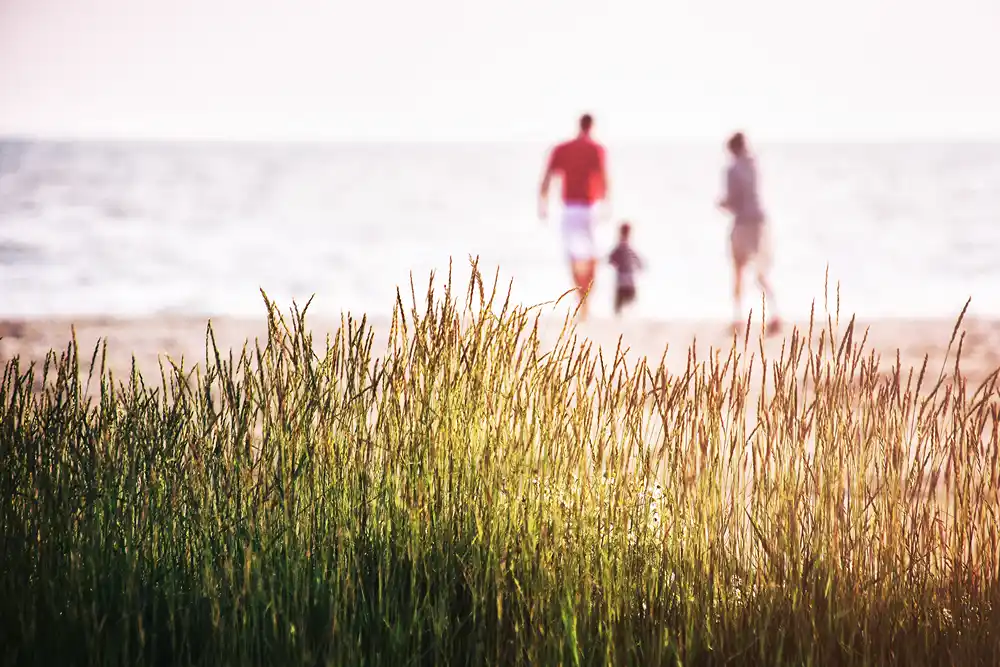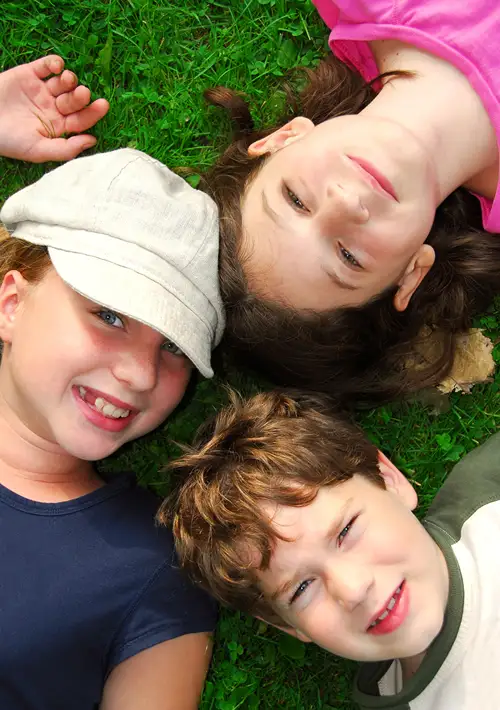Many parents feel lost as they try to help their child with autism. One in thirty-six children is now diagnosed with Autism Spectrum Disorder (ASD) in the United States. Fortunately, there is simple and clear advice that parents of kids with autism can follow to find the support they need at home and beyond.
Exploring Autism Spectrum Disorder (ASD)
Moving from understanding your journey as a parent, it helps to know about Autism Spectrum Disorder, or ASD. This is a group of conditions that affect how children communicate, behave, and interact with others. Signs can appear before age three. Some kids may speak late or have trouble making eye contact—a key sign of ASD.
Doctors started using the term “Autism Spectrum Disorder” in 2013. One in 36 children in the United States has an autism diagnosis based on CDC data. Each child on the spectrum can show different skills and challenges.
Family dynamics may change as parents use supportive strategies to help with social skills development and emotional support for their child’s needs. Early behavioral interventions and therapy options give many families hope for steady progress over time.
Establishing a Supportive Environment
Children with Autism Spectrum Disorder feel safer when things are clear and steady. Families can help their child grow by making home a calm and safe place.
Create structured routines
Using structured routines can help children with Autism Spectrum Disorder (ASD) feel safe. Set clear times for daily tasks like meals, play, and bedtime. Post a visual schedule on the wall using pictures or simple words so your child knows what to expect next. Keep the sequence of activities as consistent as possible each day.
Structured routines support behavioral interventions and make it easier for kids to learn social skills. Changes in routine may feel stressful, so prepare your child ahead of time if you need to change plans. Many therapists use this strategy at home and school settings because it builds emotional support and lowers anxiety for both parents and kids.
Design a secure, predictable environment
Use clear rules and set limits in your home. Children with Autism Spectrum Disorder often feel more comfortable when they know what to expect. Keep things in the same place, like toys and clothes, so routines are easier to follow. Use signs or pictures as reminders if needed.
Keep noise and light at a level that feels safe for your child. Some children prefer quiet spaces or soft lights, while others need headphones or weighted blankets for comfort. A calm setting reduces stress and helps support social skills development. This makes it easier for both you and your child to focus on building strong communication skills each day.
Enhancing Communication Techniques
Strong communication helps children with Autism Spectrum Disorder feel understood and safe. Parents can learn new ways to connect so their child feels more comfortable sharing needs and feelings.
Implement nonverbal communication methods
Use hand signals, facial expressions, or picture cards to help your child express needs and feelings. Many children with Autism Spectrum Disorder (ASD) understand visual cues better than words.
Show objects or photos to offer choices instead of speaking at length. Some families use apps or tools like PECS, which stands for Picture Exchange Communication System.
Pay close attention to body language from your child as well. Look for signs such as pointing, looking away, or clapping hands when they want something. These small actions can give you clues about their feelings or needs.
Communication is what we say as well as how we show it through our actions and faces.
Focus on active listening with your child
After using nonverbal communication methods like pictures or gestures, parents can build stronger bonds by practicing active listening with their child. Give your full attention during conversations.
Look at your child and show you care about what they are saying. Nodding or repeating back parts of their message helps them feel heard and respected.
Active listening supports language growth and trust. Children with Autism Spectrum Disorder respond well to clear feedback. Let them finish talking before you answer. Use calm words and a gentle voice to encourage more sharing from your child.
This strengthens social skills development over time and gives emotional support in daily life challenges.
Working with Healthcare and Education Professionals
Work closely with doctors, therapists, and teachers to support your child’s growth. Their guidance can help you find the right care and learning plans to fit your child’s needs.
Engage in early intervention programs
Starting early with intervention programs gives children with Autism Spectrum Disorder a better chance at learning new skills. Studies show that kids who begin therapy before age 3 often see more progress in language and social skills.
Early support makes it easier to teach communication, behavior, and self-care routines.
Early intervention is the best investment we can make in our children’s future. — Dr. Catherine Lord
Experts such as speech therapists and special education teachers guide each step. Parents play a key role by practicing these lessons at home every day. The next step involves building strong partnerships with therapists and educators for continued growth.
Partner with therapists and educators
Work closely with therapists and special education teachers. Share your child’s strengths, struggles, and goals. Stay informed about each therapy session or school activity. Ask questions if you need to understand the behavioral interventions or communication techniques used in class or therapy.
Set up regular meetings with these professionals. Join discussions about strategies that help your child grow social skills and emotional support, both at home and school. Use these tips as you learn how self-care can make a big difference for parents, too.
Prioritizing Parental Self-Care
Self-care helps parents stay strong for their kids. Taking breaks and finding support can make daily life feel more manageable.
Address caregiver stress
Caring for a child with Autism Spectrum Disorder can cause high stress in daily life. Parents often feel tired, worried, or alone as they support their child’s therapy and social skills development. Stress may affect health, mood, and family dynamics. It helps to take breaks when possible and ask others for help.
Research shows that about 50% of parents raising children with ASD report higher stress compared to other parents. “You can’t pour from an empty cup,” is true for self-care during tough times.
Try activities that calm you, such as taking walks or practicing deep breathing exercises. Good sleep, healthy food choices, and talking about feelings with friends or trusted people matter too.
Explore support groups and resources
Support groups give parents a safe place to share stories and tips. Many local and online groups focus on Autism Spectrum Disorder (ASD). You may find groups through hospitals, schools, or centers for special education. The Autism Society of America has support networks in most states.
Many free autism resources for parents help families with emotional support and coping skills. Some options offer workshops on parenting techniques or communication skills. Therapy options can include group sessions where caregivers meet others facing similar challenges.
These ideas promote family health and connect parents to helpful community services.
Conclusion
Parenting a child with Autism Spectrum Disorder brings unique challenges. Small steps make a big difference every day. Strong routines, clear communication, and teamwork help your child grow.
Taking care of yourself is important, too. Hope and support can keep families moving forward together.












